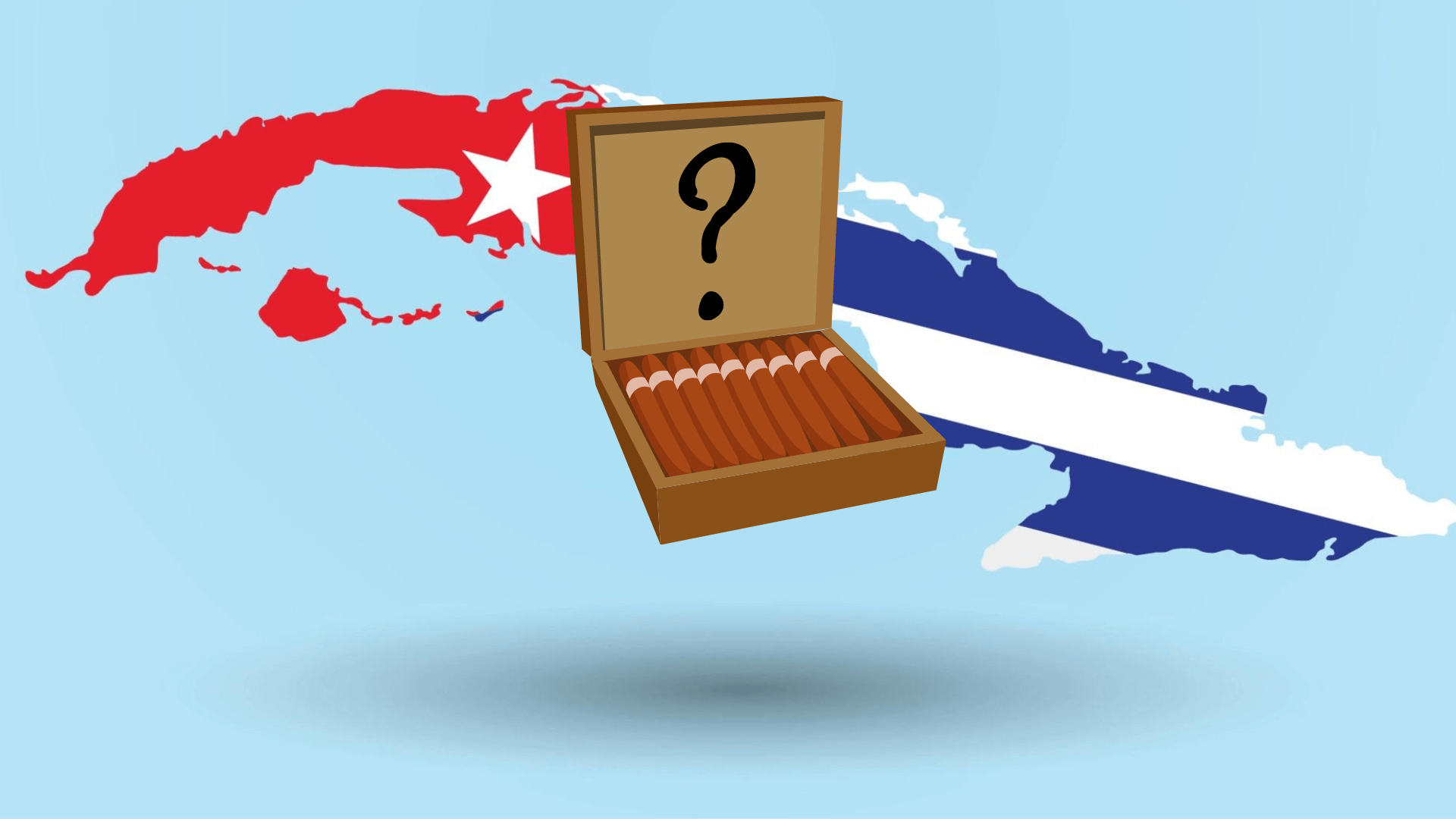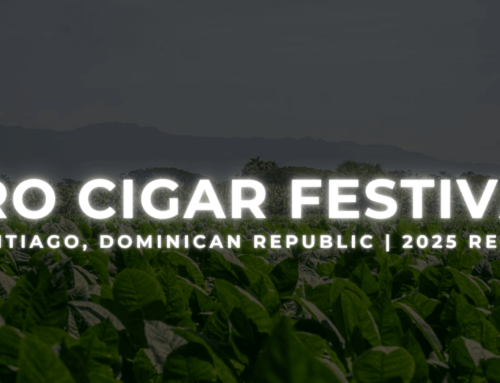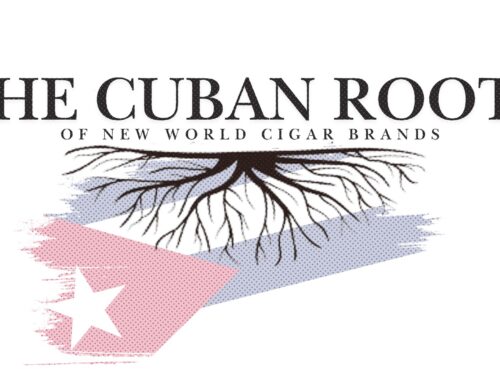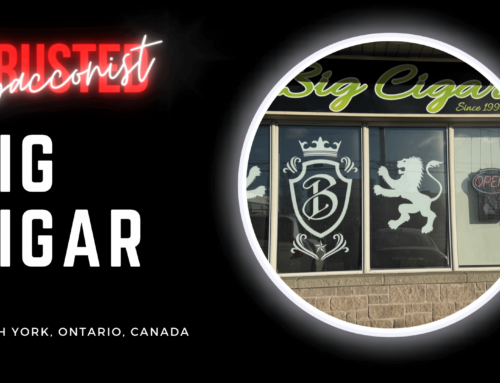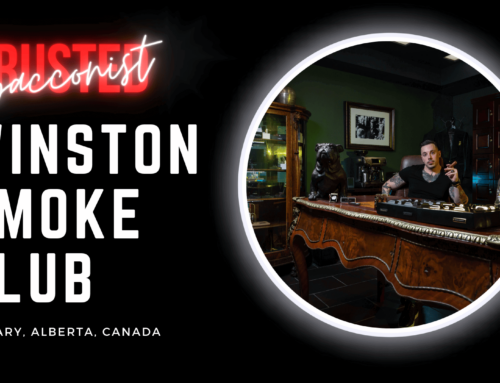A look at the present state – and questionable future of the Cuban cigar industry.
To many, it’s still the “cigar Mecca”.
It’s lush Pinar del Rio province is still widely hailed as the spot that God chose to bless with an unrivalled fertility when it comes to growing tobacco.
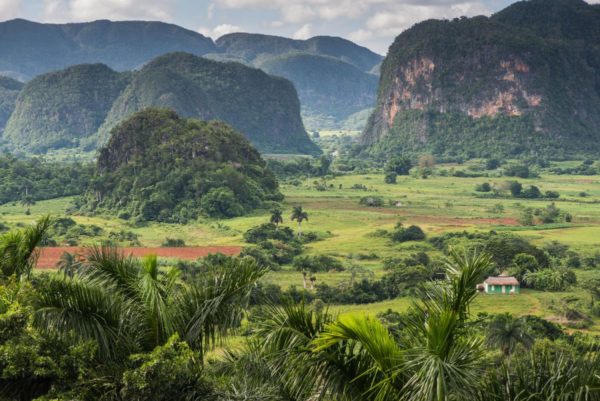
Looking down on Cuba’s Pinar del Rio
Its cigars are lauded by aficionados around the globe for their aroma, taste, and luxury status.
Yet despite all this, the state of Cuba’s cigar industry seems to be on rather shaky and unstable ground.
With soaring prices, limited supply, and many cigars being sold barely aged and still relatively “green”, many are left wondering as to what lay in store for the communist country and its state-run tobacco industry.
Others will continue smoking Cubans regardless.
The Rising Cost Of Luxury
In spring 2022, Habanos S.A. announced that its pricing would increase uniformly around the globe to fall in line with the pricing in Hong Kong (one of the priciest markets in the world). As a result of this price-fixing strategy, finding Cubans cheaper in foreign markets (and even in Cuba) will likely become a thing of the past.
Since then, pricing for many brands has practically doubled, and in some cases – tripled from what it was prior to the big hike, with keystone brands Cohiba and Trinidad have receiving the greatest price increase.
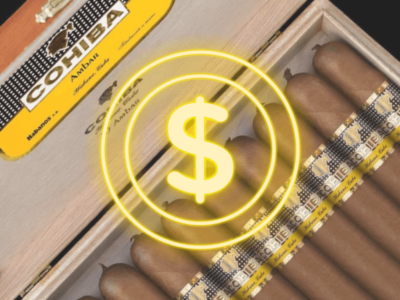
The increases were stated to have been implemented due to an increased demand and a decreased supply for Cuban cigars.
Currently a decreased supply of Cuban cigars is being felt in markets around the world.
In Canada, Gary Hau, owner Ron’s Tobacconist in Toronto, Ontario says that getting Cuban cigars in his shop has proved “very difficult”. Gary, who prefers smoking Cuban cigars himself, has specialized in selling Cubans since he first acquired the store, which is among Toronto’s oldest tobacco locations.
“I haven’t had the Montecristo No. 5 in my stock for what seems like forever. I’m waiting on Cohibas and Trinidad. Sometimes I get a little bit come in here and there – if I’m lucky.” says Gary.
Disaster Woes
The Covid-19 pandemic hit Cuba particularly hard, as it relied heavily on its vital tourism industry which was mostly stymied during the pandemic. This left Cuba’s economy (which was fragile to begin with) in a deepened state of crisis.
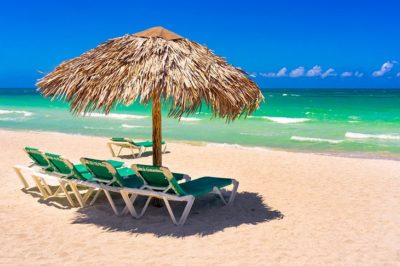
Around this time, boxes of Cuban cigars appeared to be rushed out the door with tobacco that was still relatively young and unaged (referred to as still being “green” by cigar smokers) in an attempt to keep up with demand.
Then, in late September 2022 Hurricane Ian hit.
Winds that reached speeds of more than 200 kilometers per hour (125 miles) tore through tobacco fields, curing barns, houses, livestock, and anything else that stood in the way of the category three hurricane.
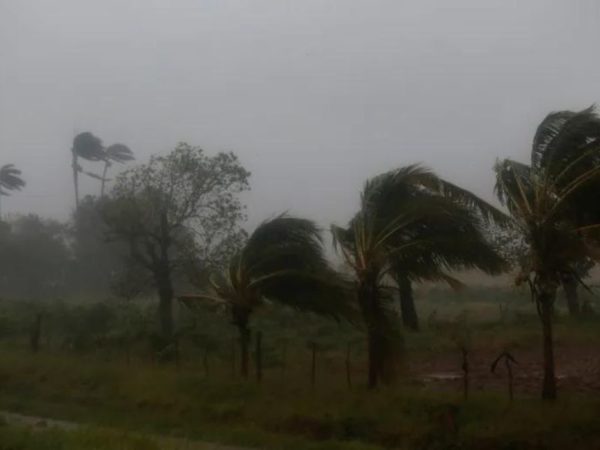
Ultimately, the storm collapsed Cuba’s entire power grid.
Ian’s wake left the Pinar del Rio tobacco province among the most severely devastated regions (the province accounts for 65% of all Cuban tobacco crops).
For much of the Cuban tobacco industry, the resultant outcome was the loss of an entire growing season, and the requirement for a massive rebuilding effort.
The culmination of both the Covid-19 pandemic and Hurricane Ian has resulted in effects that will likely be felt across the Cuban cigar industry in 2023 and beyond.
“For the average newcomer to premium cigars, the price increases will often serve as a deterrent to venturing into Cuban cigar territory.”
A Future Outlook
For many, the recent price increases and limited market availability have put brands like Cohiba and Trinidad out of reach. Some will shift to lesser known Cuban brands such as Por Larrañaga, Juan Lopes and Quai D’Orsay; brands that for the most part have not been slapped with as big a surge in pricing.
For the average newcomer to premium cigars, the price increases will often serve as a deterrent to venturing into Cuban cigar territory.
Others already familiar with Cubans may choose to relegate them more toward special occasions rather than weekly or daily enjoyment. Those fortunate enough to have stockpiled Cubans prior to the hike may also scale back their frequency of drawing from said reserves.
Many will likely opt to smoke cigars made in Nicaragua, Dominican Republic and Honduras more frequently.
Celebrated premium non-Cuban brands such as Davidoff, Ashton, Arturo Fuente, Padrón, La Aurora, Oliva and others will have an opportunity to occupy a greater market share once held by Habanos S.A.
However, for others whose pockets run deep enough, it is likely that nothing will change.
In fact, with the price increase more firmly enshrining Cuban cigars within the ‘luxury goods’ category, their allure and demand will only grow, as wealthy consumers from around the globe (and even in the US where they are not legally sold) will seek them out with even greater fervor.
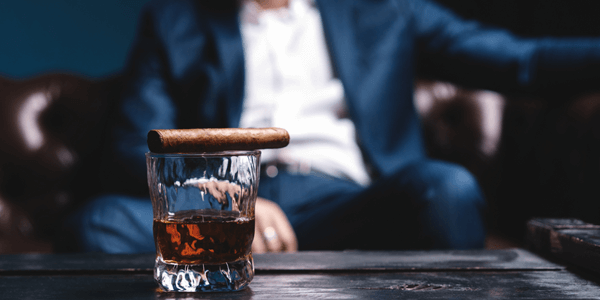
Conclusion
Changes in consumer consumption will vary, and will range from a reduction in frequency of consumption to an increase in frequency of consumption.
Given the big pricing increase – and the obvious fact that a 50+ year trade embargo with the United States still persists – many will be prevented from having ever experienced a Cuban cigar at all.
Despite recent factors that have resulted in a change in pricing and availability, people will continue to seek out the distinct pleasure that a good Cuban cigar can bring.

